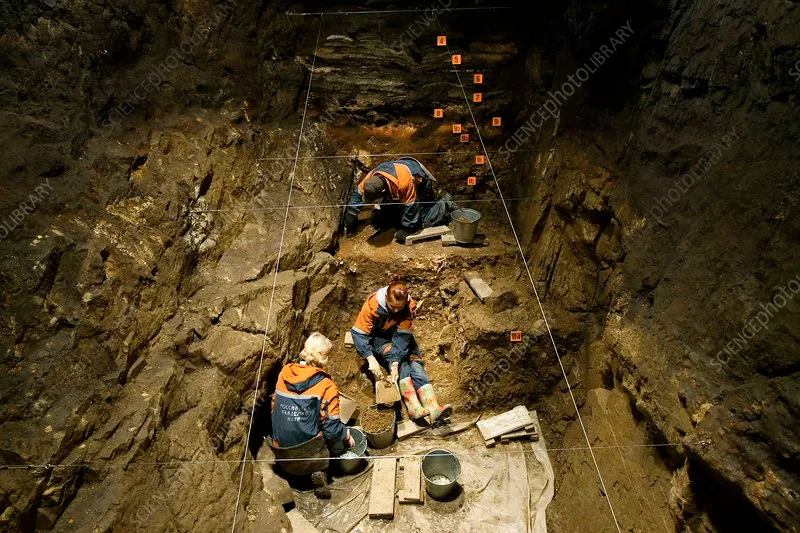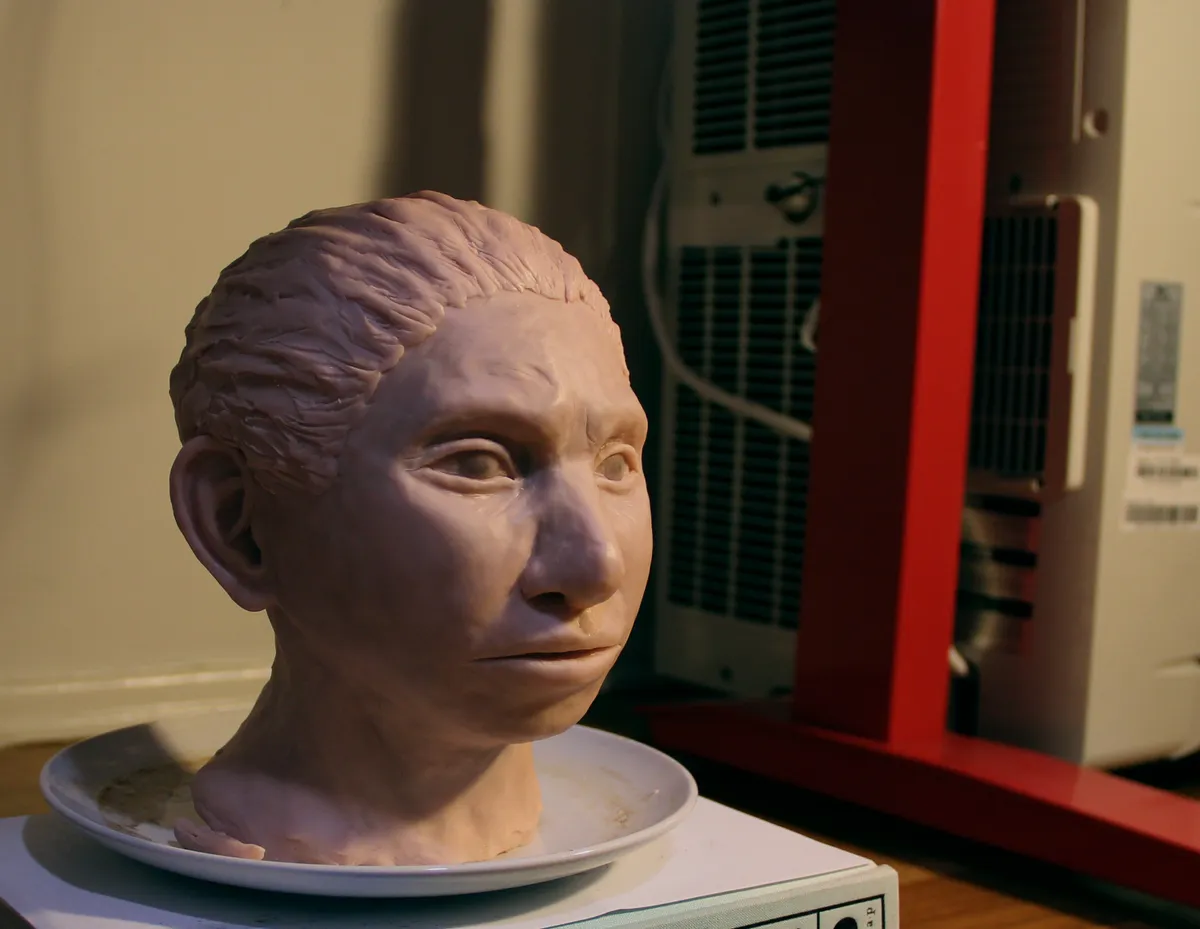Who were the Denisovans?
In short: not even scientists are sure. In a bit longer: the Denisovans are an extinct relation to modern humans who lived in Siberia and East Asia. Some experts have argued that Denisovans are an entirely new species of our genus, Homo, but others think that they are merely eastern Neanderthals.
Unfortunately, it is hard to know the exact time period that they walked our planet as very few Denisovan fossils have been discovered. However, the fossils we do have indicate they inhabited southern Siberia’s Denisova Cave (hence ‘Denisovans’) 50,000 to 200,000 years ago. Plus, a Denisovan partial mandible discovered in a cave in the Tibetan Plateau indicates that they could be found in the region over 160,000 years ago at least.
These findings suggest Denisovans were the contemporaries of Neanderthals and even Homo sapiens (who first emerged about 300,000 years ago). In fact, DNA evidence suggests Neanderthals and Denisovans both lived in Denisova Cave, although probably not at the same time.

How were the Denisovans discovered?
Denisovans were the first group of humans to be discovered based on their DNA alone. However, this was largely by accident. In 2010, German geneticist Prof Johannes Krause (then a PhD student) was extracting mitochondrial DNA from what he thought was a Neanderthal finger bone found in Denisova cave. It wasn’t Neanderthal. Krause had instead stumbled upon a new lineage, the Denisovans.
This find left researchers in the strange and unprecedented position of having the entire Denisovan genome sequenced while not having a single significant Denisovan fossil besides some small bone fragments, a few teeth and one pinky bone.
Then, in 2019, the right half of a mandible found during the 1980s in the Tibetan Plateau’s Baishiya Karst Cave was analysed. While no ancient DNA could be extracted from it, protein analyses indicated that it was Denisovan.
Many suspect that a number of east Asian hominin fossils are also Denisovan and have been misclassified as other species. But without successful DNA or protein analyses – and few Denisovan fossils to compare them to – we just don’t know.
What did Denisovans look like?
Even with hundreds of fossils, we still have many questions about what the Neanderthals looked like – imagine what it is like with a species only discovered in 2010 without even a partial skull to their name!
But although ascertaining what the Denisovans looked like is incredibly difficult, there are some clues. The few fossils we have suggest that the Denisovans had big teeth, a large stocky jaw and possibly a flattened and broad neurocranium (braincase).
Amazingly, their appearance can be partly recreated through a new technique using DNA methylation. Rather than examining the DNA itself, this promising (but contested) method does not look at the DNA itself per se, but the activity of the DNA and how it is expressed. Using this, scientists predict Denisovans wielded a wide pelvis, large ribcage and joint surfaces, low forehead and broader skull.

Did they ever mate with Neanderthals?
Yes! In fact, one small 2.5cm bone fragment found at Denisova cave in 2012 caused quite a stir. At first it went unrecognised, stashed alongside thousands of animal bone fragments for four years. However, after being identified as a hominin bone by researchers at Oxford University, it was sent off to the Max Planck Institute for further analysis.
The final result: in 2018 it was announced that this 90,000-year-old bone belonged to Denny (as she was affectionately known), a girl who had a Neanderthal mother and a Denisovan father.
How unlikely is it that with a little over a dozen Denisovan fossil fragments in existence, one would belong to such a ‘hybrid’? Was this a fluke or did such mating happen all the time?
Why did the Denisovans die out?
We’re not exactly sure how the Denisovans died out, with no evidence of an environmental catastrophe. It’s certainly possible that Homo sapiens outcompeted the Denisovans, but, again, there is no proof here.
We aren’t even sure when the Denisovans died out, with limited DNA evidence even suggesting they may have survived in New Guinea or its surrounding islands until 15,000-30,000 years ago.
However, we do know that Homo sapiens mated with Denisovans numerous times – and that this crossbreeding benefited today’s humans. For instance, the EPAS1 gene variant that modern Tibetans and Sherpas inherited from Denisovans makes them better adapted for living at high altitudes, protecting them from hypoxia (a condition where tissues in the body are deprived of oxygen).
Similarly, scientists have even discovered that some modern populations in Oceania have an immune system that’s partly coded (and bolstered) by DNA acquired from Denisovans.
About the author - Ella Al-Shamahi
Ella is an explorer, TV presenter and author of The Handshake: A Gripping History (£10.99, Profile Books).
Read more:
- When did humans first start wearing clothes?
- Did Neanderthals have a society?
- Did humans and Neanderthals interbreed?
- Why did the Neanderthals go extinct?
To submit your questions email us at questions@sciencefocus.com (don't forget to include your name and location)
